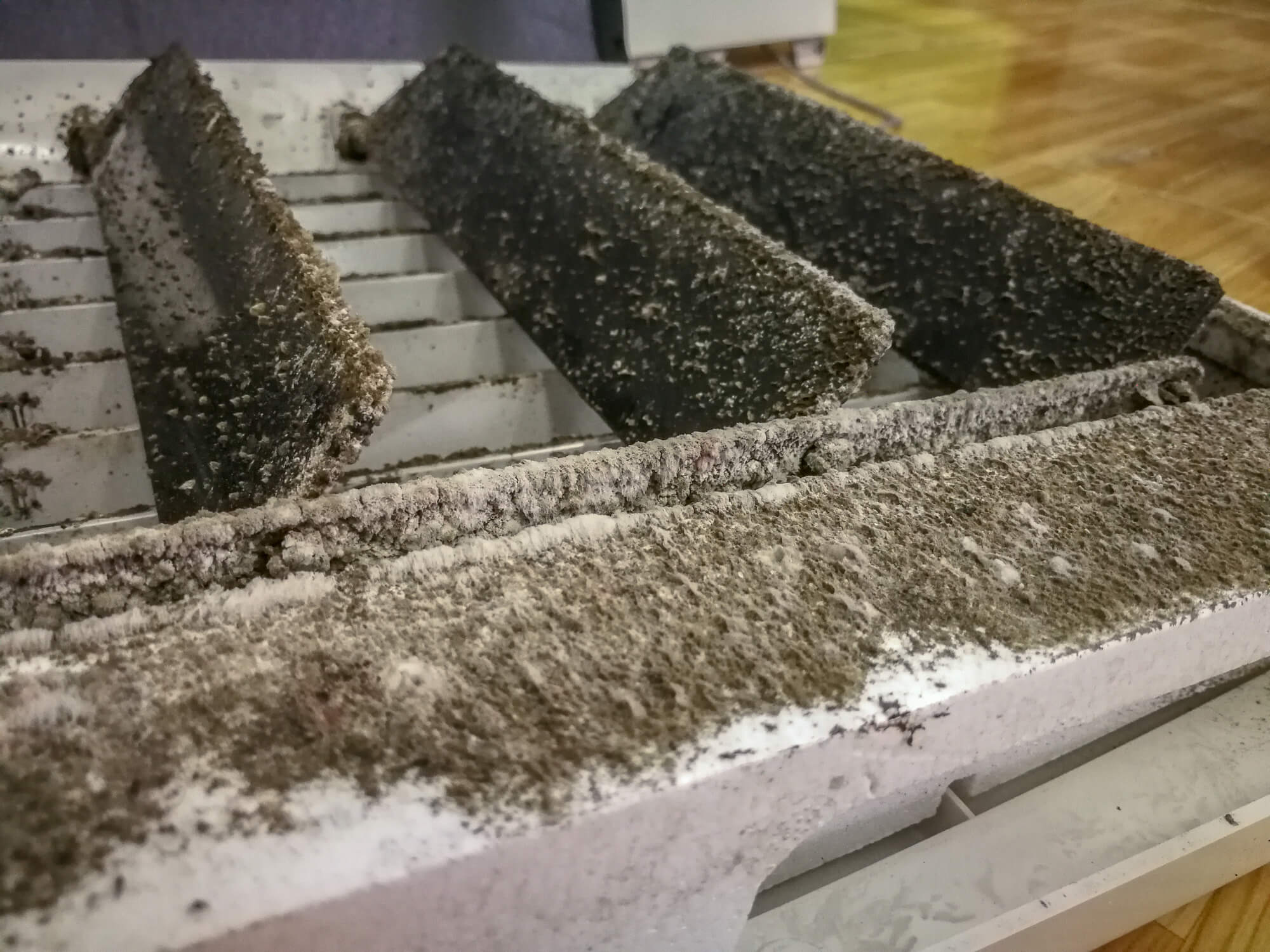

Articles
How To Check For Mold In HVAC System
Modified: October 27, 2024
Learn how to check for mold in your HVAC system with these informative articles. Keep your home clean and your family healthy.
(Many of the links in this article redirect to a specific reviewed product. Your purchase of these products through affiliate links helps to generate commission for Storables.com, at no extra cost. Learn more)
Introduction
Mold in HVAC systems can cause a wide range of health issues and can compromise the indoor air quality of a building. It is crucial to regularly check for mold contamination in HVAC systems to ensure the health and safety of occupants. Mold growth within the HVAC system can spread spores throughout the building, leading to respiratory problems, allergies, and other health concerns.
Regular inspection and maintenance of HVAC systems can help identify and address any mold problems before they become severe. This article will provide a comprehensive guide on how to check for mold in HVAC systems, including the signs of mold contamination and the steps to take to ensure a healthy and mold-free environment.
By following these guidelines, you can protect yourself, your loved ones, and others in your building from the harmful effects of mold exposure. Let’s delve deeper into the importance of checking for mold in HVAC systems and how to conduct a thorough inspection.
Key Takeaways:
- Regularly checking for mold in HVAC systems is crucial for maintaining a healthy indoor environment, preventing health issues, and ensuring the efficiency and longevity of the system.
- Implementing preventive measures such as controlling moisture, maintaining proper ventilation, and regular maintenance can significantly reduce the risk of mold growth in HVAC systems, contributing to a safe and healthy indoor environment.
Read more: How To Check HVAC Compressor
Importance of Checking for Mold in HVAC Systems
Checking for mold in HVAC systems is of utmost importance for several reasons. Firstly, mold growth in HVAC systems can have a detrimental effect on the indoor air quality. The air that circulates through the HVAC system can pick up mold spores, which then get distributed throughout the building. This can lead to respiratory problems, allergic reactions, and other health issues for occupants.
In addition to health concerns, mold growth in HVAC systems can also lead to a range of structural problems. Mold can cause damage to the ductwork, insulation, and other components of the system, reducing its efficiency and lifespan. Mold can also produce unpleasant odors, making the indoor environment unpleasant to be in.
By regularly checking for mold in HVAC systems, you can identify and address any issues early on, preventing them from becoming more severe. Timely detection and remediation of mold problems can help improve the indoor air quality, ensure the proper functioning of the HVAC system, and prevent costly damages.
Moreover, checking for mold in HVAC systems is essential for commercial buildings, where the duty of care towards employees and customers is paramount. Businesses have a responsibility to provide a safe and healthy working environment, and maintaining mold-free HVAC systems is part of that obligation.
Overall, the importance of checking for mold in HVAC systems cannot be overstated. It helps to safeguard the health and well-being of occupants, prevents structural damage, improves energy efficiency, and ensures compliance with health and safety regulations.
Signs of Mold Contamination in HVAC Systems
Mold contamination in HVAC systems can go unnoticed for a long time unless proper inspections are conducted. It is essential to be aware of the signs that indicate the presence of mold in your HVAC system. Here are some common signs to look out for:
- Visible Mold Growth: One of the most obvious signs of mold contamination is the presence of visible mold growth. Check the areas around your HVAC unit, including the ductwork, coils, and drain pans. If you notice any discoloration, fuzzy patches, or greenish-black spots, it may indicate the presence of mold.
- Unpleasant Odors: Mold has a distinct musty smell. If you notice a persistent musty odor coming from your HVAC system, it could be a sign of mold growth. Pay attention to any unusual odors when the system is running, as it may indicate mold spores being circulated in the air.
- Allergy Symptoms: Mold exposure can trigger allergic reactions in individuals. If occupants in your building experience increased allergy symptoms, such as coughing, sneezing, itchy eyes, or respiratory issues, it could be due to mold contamination in the HVAC system.
- Water Damage: Excessive moisture is a breeding ground for mold. If your HVAC system has experienced water damage, such as leaks, condensation, or flooding, it significantly increases the likelihood of mold growth. Water stains, discoloration, or presence of mold in areas affected by water damage can be a clear indicator of mold contamination.
- Poor Air Quality: If the air quality in your building has deteriorated, it could be a sign of mold contamination in the HVAC system. Occupants may complain of persistent stuffiness, increased respiratory issues, or a general feeling of discomfort when indoors.
It is important to note that these signs may vary in severity depending on the extent of mold contamination. Even if you observe just one of these signs, it is recommended to further investigate and take appropriate action to prevent further mold growth and ensure a healthy indoor environment.
Steps to Check for Mold in HVAC Systems
Checking for mold in HVAC systems requires a systematic approach to ensure a comprehensive inspection. Here are the steps you can follow to check for mold in your HVAC system:
- Visual Inspection: Begin by conducting a visual inspection of the HVAC system. Inspect the unit, ductwork, air vents, registers, and other components for any visible signs of mold growth, such as discoloration, fuzziness, or dark spots. Pay close attention to areas that are prone to moisture, such as condensation pans and drain lines.
- Monitor Air Quality: Use an indoor air quality monitor to measure the levels of mold spores in the air. High levels of mold spores indicate mold contamination in the HVAC system. This step is particularly important as it helps to assess the extent of contamination and the potential health risks for occupants.
- Check for Musty Odor: Mold has a distinct musty smell. If you notice a persistent musty odor coming from your HVAC system, it is a strong indication of mold growth. Follow the scent to identify the source and take appropriate action.
- Examine Air Vents and Registers: Remove the air vents and registers and inspect them for any signs of mold growth. Use a flashlight to peer into the ductwork behind the vents. Look for mold colonies, mold spores, or any other indications of contamination.
- Inspect Air Ducts: Inspect the air ducts for any visible signs of mold growth. If your HVAC system has flexible ducts, carefully inspect them for tears, leaks, or moisture. Mold can thrive in damp environments, so a careful examination of the ducts is crucial.
- Test for Mold Spores: If you suspect mold contamination but cannot visually identify it, you may consider conducting mold testing. Hire a professional mold inspector to take air samples and analyze them for mold spores. This will provide more accurate information about the extent of mold contamination in your HVAC system.
- Consult a Professional: If you find evidence of mold in your HVAC system or if you are unsure about your findings, it is best to consult a professional HVAC technician or a mold remediation specialist. They have the expertise and equipment to assess the situation, conduct thorough cleaning, and recommend appropriate measures to prevent mold growth and ensure a healthy indoor environment.
Regular inspections and maintenance of HVAC systems are essential to prevent mold growth and maintain proper indoor air quality. By following these steps, you can effectively check for and address mold contamination in your HVAC system, ensuring a safe and healthy environment for all occupants.
Visual Inspection
A visual inspection is the first step in checking for mold in your HVAC system. This involves thoroughly examining the various components of the system for any visible signs of mold growth. Here’s how you can conduct a visual inspection:
- HVAC Unit: Start by inspecting the HVAC unit itself. Look for any visible signs of mold on the exterior of the unit, such as discoloration or dark spots. Check the air intake areas and filters for any dirt buildup or signs of mold growth.
- Ductwork: Carefully examine the ductwork for any signs of mold growth. Use a flashlight to inspect the interior of the ducts, looking for mold colonies, mold spores, or any other indications of contamination. Pay close attention to areas where moisture might accumulate, such as near condensation pans or where there are leaks.
- Coils and Drain Pans: Check the evaporator coils and drain pans for any signs of mold growth. Mold can thrive in damp environments, so it is essential to inspect these areas carefully. Look for discoloration, mold spots, or excessive moisture that could indicate mold contamination.
- Air Vents and Registers: Remove the air vents and registers and inspect them for any signs of mold growth. Look for discoloration, mold spots, or unpleasant odors. Use a flashlight to peer into the ductwork behind the vents, as mold can sometimes be hidden in those areas.
- Insulation: Inspect the insulation around the HVAC system for any signs of mold growth. Mold can grow on insulation if there is excessive moisture or water damage. Look for discoloration, dark spots, or a musty odor coming from the insulation.
If you discover any visible signs of mold during the visual inspection, it is crucial to take immediate action to address the issue. Mold can spread quickly throughout the system and the building, compromising indoor air quality and potentially causing health issues for occupants.
It is essential to note that a visual inspection can only provide a surface-level assessment of mold growth. To get a more accurate picture of mold contamination in your HVAC system, it is advisable to consult a professional mold inspector who can conduct further testing and analysis.
Regular visual inspections should be part of your HVAC system maintenance routine to catch any early signs of mold growth. If you are unsure about conducting a visual inspection on your own, it is recommended to seek the assistance of a professional HVAC technician or a mold remediation specialist.
Read more: How To Check HVAC Ducts For Leaks
Monitor Air Quality
Monitoring the air quality is an important step in checking for mold in HVAC systems. This step helps to assess the levels of mold spores and other contaminants in the air, giving you a better understanding of the potential mold contamination in your HVAC system. Here’s how you can monitor the air quality:
- Indoor Air Quality Monitor: Invest in an indoor air quality (IAQ) monitor. These devices measure various factors that can affect air quality, including temperature, humidity, particulate matter, and volatile organic compounds (VOCs). Some IAQ monitors also have the capability to detect mold spores in the air.
- Follow Manufacturer’s Instructions: Read and follow the manufacturer’s instructions on how to properly set up and use the IAQ monitor. Each device may have different specifications and requirements for accurate readings.
- Place the Monitor: Place the IAQ monitor in a central area, ideally near the HVAC unit. This will allow it to capture a representative sample of the air circulating throughout the building. Ensure that the monitor is placed at a height of approximately 3-6 feet, as this is the breathing zone for most occupants.
- Observe Readings: Monitor the readings on the device regularly. Pay attention to the mold spore count and any other air quality indicators. High levels of mold spores in the air may suggest mold contamination in the HVAC system.
- Compare Readings: Compare the readings from different areas of the building to identify any variations in air quality. If certain areas consistently show higher levels of mold spores, it could indicate a localized mold problem in that part of the HVAC system.
Monitoring the air quality in your building over time will provide valuable data about the presence and extent of mold contamination in your HVAC system. It serves as a proactive measure to identify potential issues and take appropriate action before they escalate.
Remember that IAQ monitors are effective tools, but they have limitations. They may not be able to detect certain types of mold species or provide a comprehensive analysis of the mold contamination. If you suspect mold growth but do not have access to an IAQ monitor, it is advisable to consult a professional mold inspector who can conduct specialized testing to assess the air quality.
Regular monitoring of the air quality in your building, along with other inspection methods, will help you maintain a healthy and mold-free environment for occupants.
Check for Musty Odor
A musty odor is often a telltale sign of mold growth. Checking for a musty odor is an essential step in determining if there is mold contamination in your HVAC system. Here’s how you can check for a musty odor:
- Turn on the HVAC System: Start by turning on your HVAC system and let it run for a while. This will help circulate the air and make it easier to detect any unusual odors.
- Walk Around the Building: Take a walk around different areas of the building, paying attention to any distinctive musty smells. Sniff the air near the vents, registers, and air intake areas associated with the HVAC system. Move from room to room, ensuring you cover all the spaces that are serviced by the HVAC system.
- Focus on Specific Areas: Concentrate your sense of smell on areas that are susceptible to mold growth, such as basements, crawl spaces, or areas with a history of water damage. Musty smells are often more noticeable in these areas.
- Compare with Control Areas: If you have a separate control area that is not connected to the HVAC system, compare the odor in that area with the rest of the building. This can help you differentiate between a general indoor odor and a specific odor associated with the HVAC system.
- Take Note of Intensity and Persistence: Pay close attention to the intensity and persistence of the musty odor. If the smell is strong and lingers even after the HVAC system has been running for a while, it could indicate mold growth within the system.
A musty odor is often caused by volatile organic compounds (VOCs) released by mold as it grows. If you detect a persistent musty odor coming from your HVAC system, it’s crucial to further investigate and identify the source of the odor.
While a musty odor can be a strong indicator of mold growth, it’s important to note that other factors, such as stagnant water or decaying materials, can also produce musty smells. If you are unsure about the source of the odor or suspect mold contamination, it’s best to consult a professional mold inspector who can conduct a thorough assessment and provide appropriate recommendations.
Regularly checking for musty odors in your HVAC system allows you to detect mold growth early on and take prompt measures to address the issue, ensuring a healthy and pleasant indoor environment.
Regularly inspect and clean the HVAC system’s air ducts, drip pans, and coils to prevent mold growth. Use a flashlight to check for any signs of mold, such as discoloration or musty odors. If you suspect mold, contact a professional for a thorough inspection.
Examine Air Vents and Registers
Examining the air vents and registers is an important step in checking for mold in HVAC systems. These components can be prime locations for mold growth and can contribute to the spread of mold throughout the building. Here’s how you can examine air vents and registers for signs of mold:
- Remove the Covers: Carefully remove the covers of the air vents and registers. This may require unscrewing them or gently prying them off, depending on the type of covers you have.
- Visual Inspection: Use a flashlight and visually inspect the inside of the air vents and registers. Look for any visible signs of mold growth, such as dark spots, discoloration, or fuzzy patches. Pay close attention to corners, joints, and other areas where mold can easily hide.
- Check for Musty Odor: Take a sniff inside the vents and registers. If you detect a musty odor, it could indicate the presence of mold. Note the intensity of the odor and compare it to the rest of the building to determine if it is originating from the HVAC system.
- Look for Dust and Debris: Examine the surfaces inside the vents and registers for any accumulation of dust, debris, or other organic matter. These materials can provide nutrients for mold growth and may indicate the presence of mold in the area.
- Inspect Ductwork Connection: Pay attention to the connection between the air vents/registers and the ductwork. Look for any signs of moisture, water stains, or leaks. These issues can create a conducive environment for mold growth.
- Clean the Covers: Clean the covers of the air vents and registers using a mild detergent and water solution. Ensure they are free from dust, debris, and any visible signs of mold. Allow them to dry thoroughly before reattaching them.
Regularly examining the air vents and registers for mold growth is crucial for maintaining a healthy HVAC system and indoor environment. If you discover any signs of mold, it is important to take further action to address the issue.
If you are unsure about conducting the examination yourself or suspect significant mold contamination, consider seeking the help of a professional HVAC technician or a mold remediation specialist. They have the expertise and specialized equipment to conduct thorough inspections and recommend appropriate courses of action.
By regularly examining air vents and registers for mold growth, you can ensure the proper functioning of your HVAC system and prevent the spread of mold spores throughout the building, promoting a clean and healthy indoor environment.
Inspect Air Ducts
Inspecting the air ducts is a crucial step in checking for mold in HVAC systems. The ductwork serves as a pathway for air circulation, and if mold is present, it can easily spread throughout the building. Here’s how you can inspect the air ducts for signs of mold:
- Access the Ductwork: Gain access to the ductwork by removing the covers or panels that provide entry points. You may need a screwdriver or other tools to remove these barriers.
- Visually Inspect: Use a flashlight to inspect the interior surfaces of the ductwork. Look for any visible signs of mold growth, such as discoloration, dark spots, or fuzzy patches. Pay close attention to areas where moisture might accumulate, such as near condensation pans, along the joints, or where there are leaks.
- Check for Dust and Debris: Take note of any accumulation of dust, debris, or other organic matter inside the ductwork. Mold can grow on these materials, so their presence may indicate the potential for mold growth.
- Observe Airflow: While inspecting the ducts, pay attention to the airflow. Any noticeable decrease in airflow or blockages within the ductwork could be a sign of mold growth or other issues that require immediate attention.
- Look for Signs of Condensation: Condensation is a common precursor to mold growth. Check for signs of moisture or condensation within the ducts, as this provides an ideal environment for mold to thrive. Water stains or dampness may indicate a moisture issue that needs to be addressed.
- Monitor the Condition of Insulation: Examine the insulation around the ductwork. Insulation that is damp, discolored, or damaged may indicate a moisture problem that can contribute to mold growth. Mold can use insulation as a food source, so its presence on insulation is of particular concern.
If you notice any visible signs of mold or other issues during the inspection, it is important to take appropriate action promptly. Mold growth in air ducts poses a risk of spreading mold spores throughout the building, compromising indoor air quality and potentially causing health issues for occupants.
While visual inspection can provide some insight into the condition of the air ducts, it is important to note that mold can be difficult to detect, especially in hard-to-reach areas. If you suspect significant mold contamination or are unsure about conducting the inspection on your own, consider hiring a professional HVAC technician or a mold remediation specialist to conduct a thorough assessment.
Regular inspections and maintenance of the air ducts are vital for preventing mold growth and ensuring efficient airflow throughout the HVAC system. By staying vigilant and addressing any issues promptly, you can maintain a healthy and mold-free environment in your building.
Read more: How To Check Refrigerant Level In HVAC
Test for Mold Spores
Testing for mold spores is an additional step you can take to check for the presence of mold in HVAC systems. While visual inspections can provide some indication, mold spore testing offers a more accurate assessment of mold contamination. Here’s how you can test for mold spores:
- Hire a Professional: Contact a professional mold inspector who specializes in mold testing for HVAC systems. They will have the necessary expertise and equipment to conduct accurate mold spore testing.
- Air Sampling: The most common method of mold spore testing in HVAC systems is air sampling. The inspector will use specialized equipment to collect air samples from different locations in the building, including areas serviced by the HVAC system.
- Analysis of Samples: The collected air samples will be sent to a laboratory for analysis. The laboratory will examine the samples under a microscope to identify and quantify the types and concentration of mold spores present in the air.
- Interpretation of Results: The mold inspector will interpret the laboratory’s results and provide you with a detailed report. They will explain the significance of the findings, assess the level of mold contamination, and recommend appropriate measures for remediation, if necessary.
- Consider the Occupant’s Health: When interpreting the results, it’s important to consider the health status of the building’s occupants. Individuals with respiratory issues or allergies may be more susceptible to mold-related health effects, even at lower levels of contamination.
Mold spore testing can provide valuable insights into the extent of mold contamination in your HVAC system, helping you make informed decisions about remediation measures. It can also serve as documentation for insurance purposes or disputes related to mold contamination.
Keep in mind that mold spore testing should be conducted by experienced professionals who follow industry-recognized protocols. They will ensure accurate sampling, proper handling of samples, and reliable analysis, providing you with reliable information about the mold spore levels in your HVAC system.
While mold spore testing can be an effective tool, it’s not always necessary in every situation. If you have visible signs of mold growth or other indicators of mold contamination, you may choose to proceed with remediation measures without testing. It’s important to weigh the benefits and costs of testing in your specific circumstances.
By considering mold spore testing alongside other inspection methods, you can gain a more comprehensive understanding of mold contamination in your HVAC system and make informed decisions to maintain a healthy indoor environment.
Consult a Professional
When checking for mold in HVAC systems, it is always beneficial to consult a professional. Mold contamination can be complex and challenging to handle on your own, and a professional can provide expertise and guidance throughout the process. Here’s why consulting a professional is important:
- Expert Knowledge: Professionals specializing in mold inspection and remediation have in-depth knowledge and experience in dealing with mold-related issues. They understand the complexities of HVAC systems and can accurately identify and address mold contamination.
- Specialized Equipment: Professionals have access to specialized equipment necessary for conducting thorough mold inspections. They use advanced tools such as moisture meters, borescopes, and air sampling devices to detect hidden mold growth and assess the extent of contamination.
- Comprehensive Assessments: Professionals will conduct a comprehensive assessment of your HVAC system, including visual inspections, moisture measurements, air sampling, and other diagnostic techniques. This multifaceted approach ensures a more accurate evaluation of mold contamination.
- Proper Remediation Techniques: If mold is detected, professionals can provide effective remediation solutions to remove the mold and prevent future growth. They will follow industry best practices and guidelines to ensure the proper handling and disposal of mold-contaminated materials.
- Health and Safety: Mold remediation involves potential health hazards, and professionals prioritize the safety of both occupants and workers during the process. They will take necessary precautions, such as using personal protective equipment, containment barriers, and proper ventilation, to minimize exposure to mold spores.
- Legal Requirements: In certain cases, there may be legal requirements or regulations related to mold remediation in HVAC systems. Professionals are knowledgeable about these requirements and can ensure compliance with local, state, and federal guidelines.
By consulting a professional, you can have peace of mind knowing that your HVAC system is being thoroughly inspected, and any mold issues are being addressed effectively and safely. Professionals can also provide valuable advice on preventive measures to minimize the risk of future mold growth.
When choosing a professional, look for certifications, experience, and positive reviews from previous clients. Make sure they have expertise in both HVAC systems and mold remediation to ensure a comprehensive approach to your specific situation.
Remember, mold contamination in HVAC systems should not be ignored or underestimated. It is a serious issue that can impact indoor air quality and the health of occupants. Consulting a professional ensures that you take the appropriate steps to remediate the problem and maintain a healthy environment for everyone.
Prevention of Mold Growth in HVAC Systems
Preventing mold growth in HVAC systems is crucial for maintaining a healthy indoor environment. By implementing certain preventive measures, you can minimize the risk of mold contamination in your HVAC system. Here are some steps you can take to prevent mold growth:
- Control Moisture: Moisture is one of the primary factors that contribute to mold growth. Keep humidity levels in check by using dehumidifiers, especially in areas prone to high humidity. Fix any water leaks promptly and ensure proper drainage from the HVAC system.
- Maintain Proper Ventilation: Adequate ventilation helps to prevent moisture buildup and promote proper airflow. Ensure that your HVAC system provides sufficient ventilation throughout the building. Clean and maintain air vents, registers, and fans regularly to ensure optimal airflow.
- Replace Air Filters: Regularly replace air filters in your HVAC system according to the manufacturer’s guidelines. Clean or replace filters if they become clogged with dust, debris, or mold spores. Clean air filters enhance the efficiency of the system and reduce the risk of mold growth.
- Clean and Inspect Ductwork: Schedule regular cleaning and inspection of the ductwork to remove accumulated dust, debris, and potential mold growth. Ensure that the ducts are properly sealed to prevent moisture infiltration and minimize the risk of mold growth within the ductwork.
- Monitor and Control Condensation: Condensation can create moisture-prone environments that are ideal for mold growth. Insulate and seal any cold surfaces, such as air ducts or pipes, to prevent condensation. Consider installing drip pans or drain lines to capture and remove excess condensation.
- Maintain HVAC System: Regular maintenance of your HVAC system is essential for preventing mold growth. Schedule professional inspections, cleaning, and maintenance at recommended intervals. This helps to identify and address any potential issues before they lead to mold contamination.
- Use Mold-Resistant Materials: When upgrading or renovating your HVAC system, consider using mold-resistant materials. Opt for materials that are less prone to mold growth, such as antimicrobial coatings on ductwork or insulation.
- Educate Occupants: Educate building occupants about the importance of maintaining a clean and mold-free environment. Encourage them to report any signs of mold growth or moisture issues immediately so that prompt action can be taken.
By implementing these preventive measures, you can significantly reduce the risk of mold growth in your HVAC system. However, it’s important to remember that mold prevention requires ongoing maintenance and vigilance. Regular inspections, prompt repairs, and proactive measures are key to keeping your HVAC system mold-free.
In addition to preventive measures, it’s advisable to have a plan in place for mold remediation, in case an issue does arise. Work with professionals experienced in mold remediation to develop a comprehensive plan that aligns with industry best practices and regulations.
Remember, preventing mold growth in HVAC systems not only ensures the health and well-being of occupants but also helps to maintain the efficiency and longevity of your HVAC system.
Conclusion
Checking for mold in HVAC systems is a vital step in maintaining a healthy indoor environment. Mold contamination within the HVAC system can negatively impact indoor air quality and pose various health risks to occupants. By following the steps outlined in this article, you can effectively assess and address mold contamination in your HVAC system.
It is essential to conduct regular visual inspections, monitor air quality, and be alert to signs of mold, such as musty odors and visible growth. Examining air vents, registers, and ductwork for mold and conducting mold spore testing when necessary can provide a more accurate assessment of contamination levels.
In cases where mold is detected or suspected, it is important to consult a professional mold inspector or HVAC technician. These experts have the specialized knowledge, equipment, and experience to assess the extent of mold contamination and recommend appropriate remediation measures.
Preventive measures are also key to minimizing the risk of mold growth in HVAC systems. Controlling moisture, maintaining proper ventilation, regularly replacing air filters, and ensuring the cleanliness of ductwork are all crucial steps in preventing mold growth. Educating building occupants and conducting regular HVAC system maintenance further contribute to mold prevention efforts.
By implementing these strategies, you can create a safe and healthy indoor environment, free from the harmful effects of mold contamination in HVAC systems. Protecting the well-being of occupants and maintaining the efficiency of your HVAC system should be a top priority in any building maintenance plan.
In conclusion, regular inspections, monitoring, preventive measures, and consulting professionals when needed are the key steps towards a mold-free HVAC system and a healthier living and working environment for all.
Frequently Asked Questions about How To Check For Mold In HVAC System
Was this page helpful?
At Storables.com, we guarantee accurate and reliable information. Our content, validated by Expert Board Contributors, is crafted following stringent Editorial Policies. We're committed to providing you with well-researched, expert-backed insights for all your informational needs.
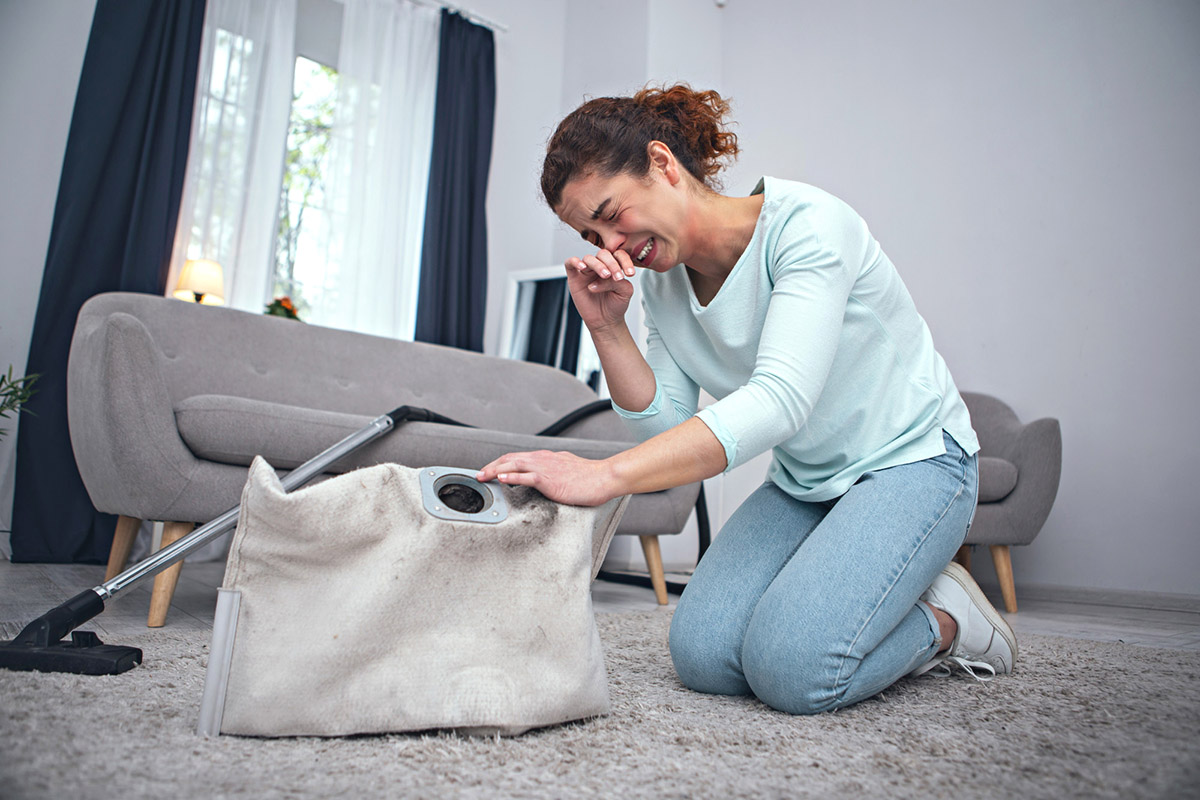
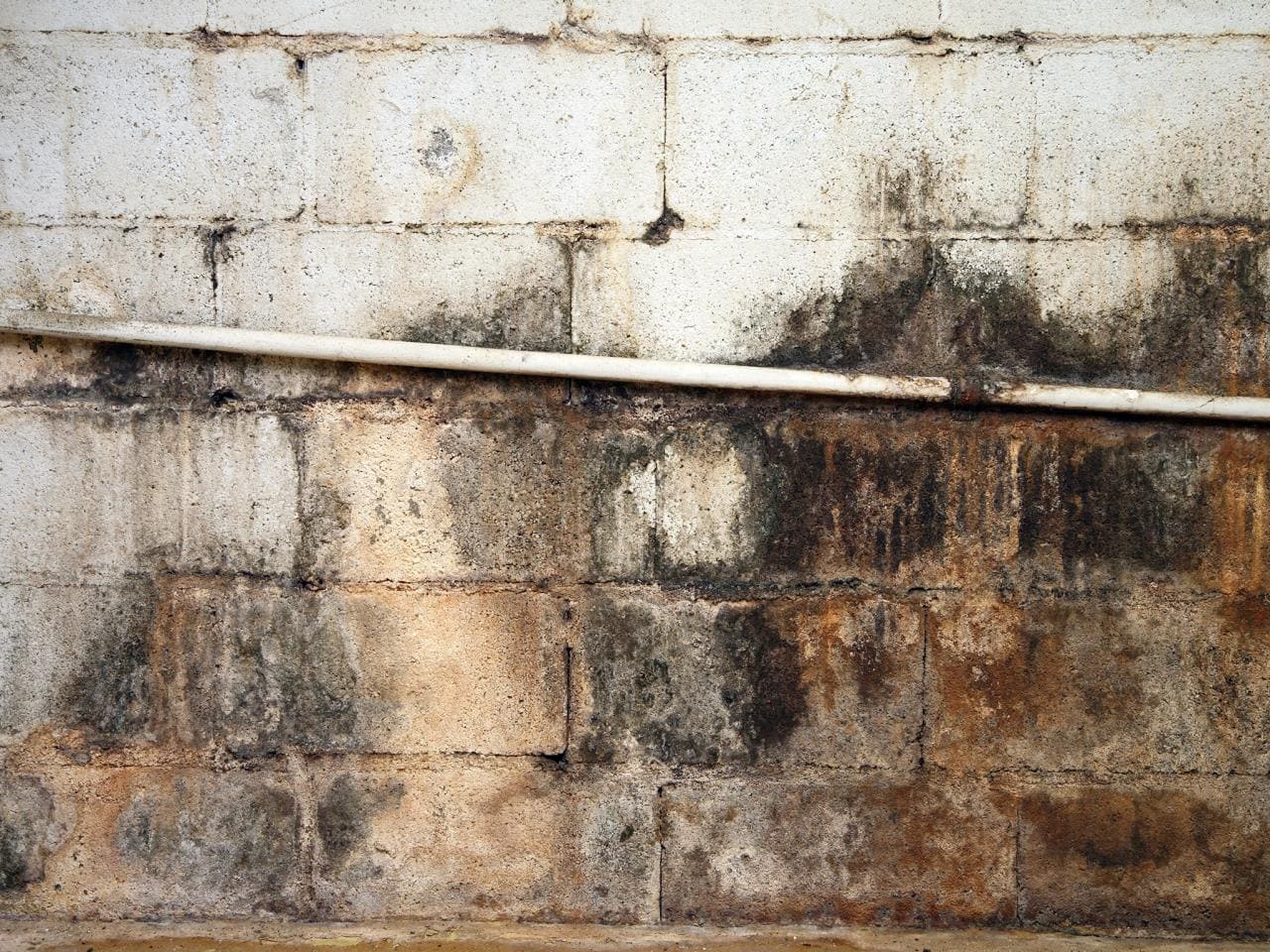
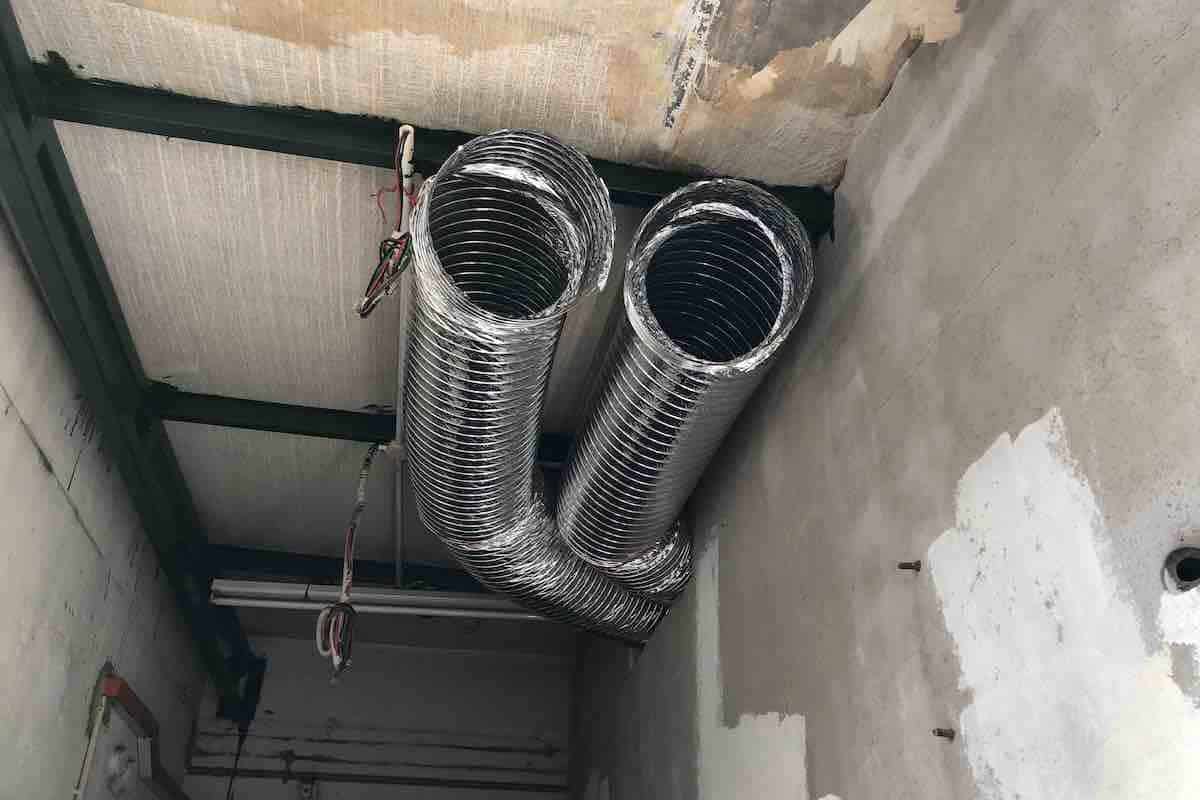

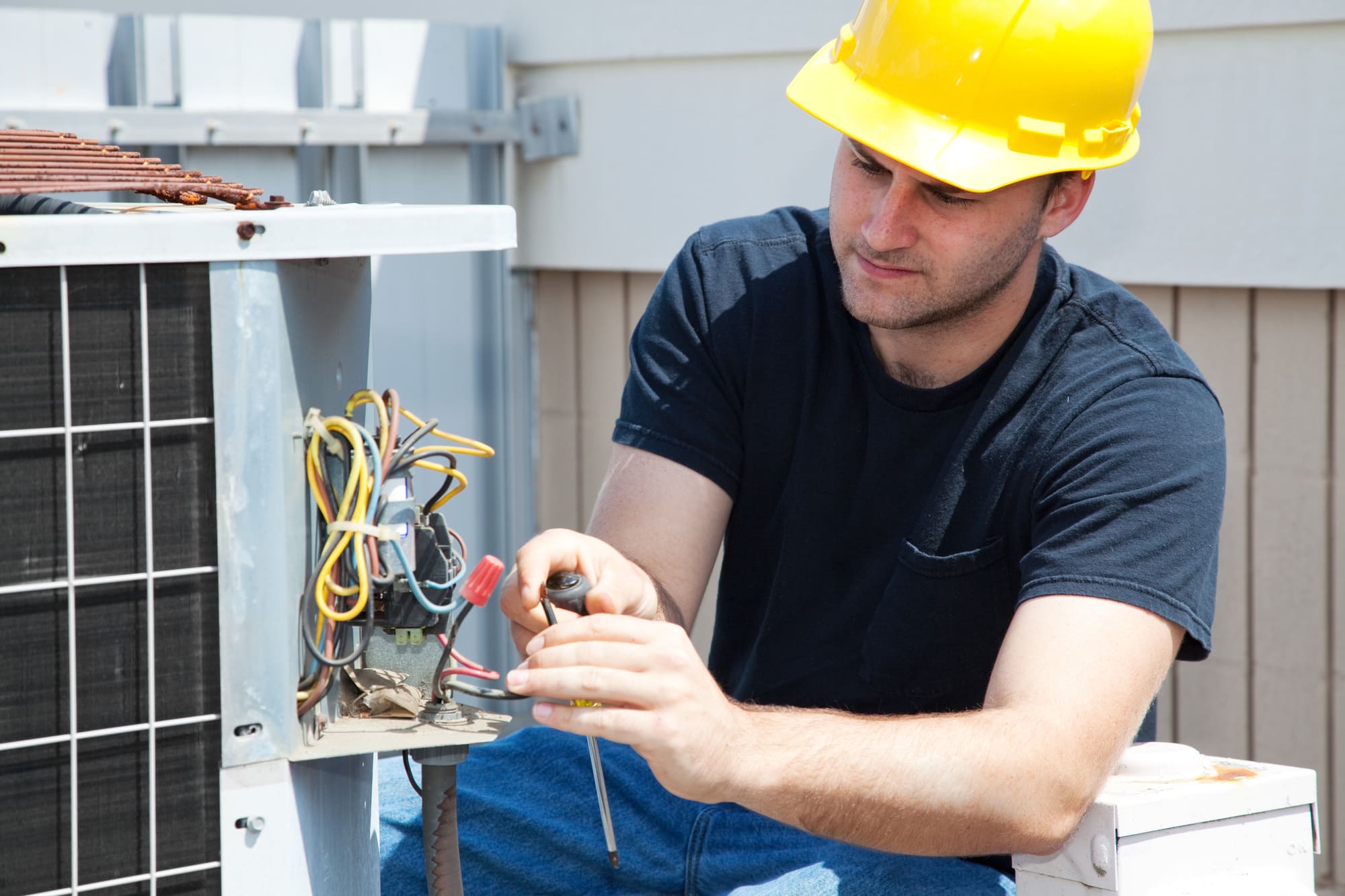
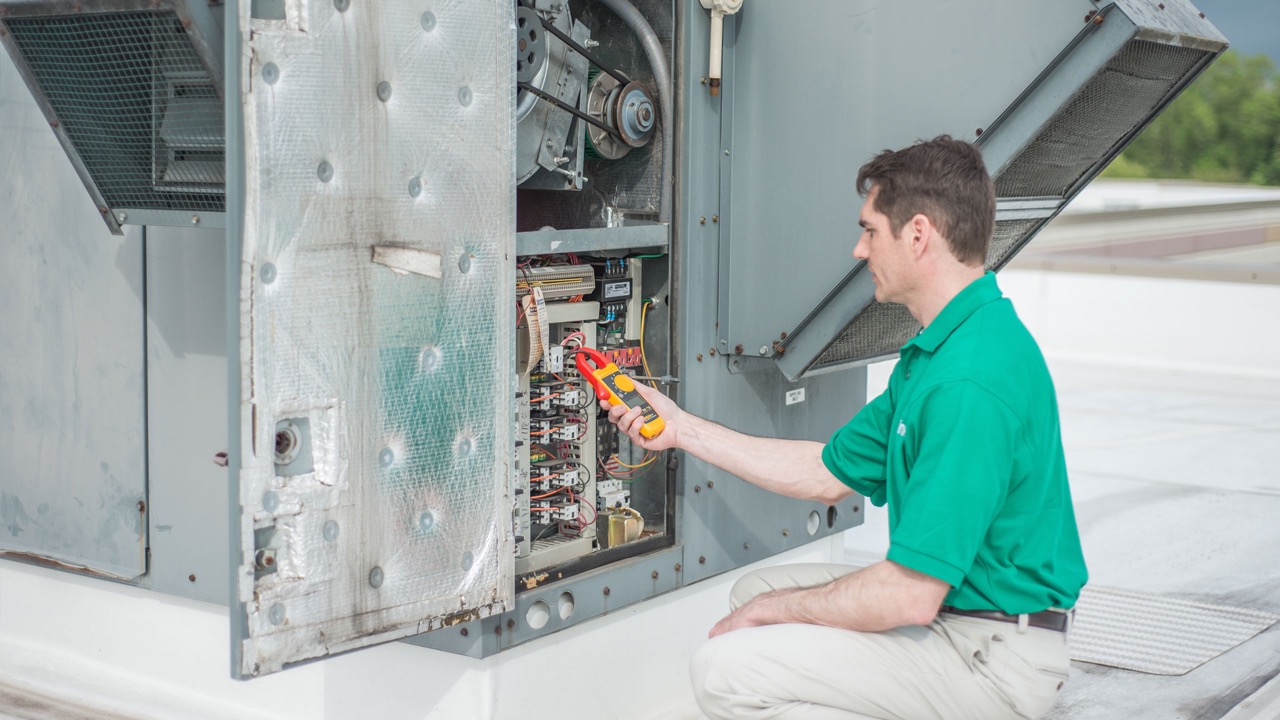
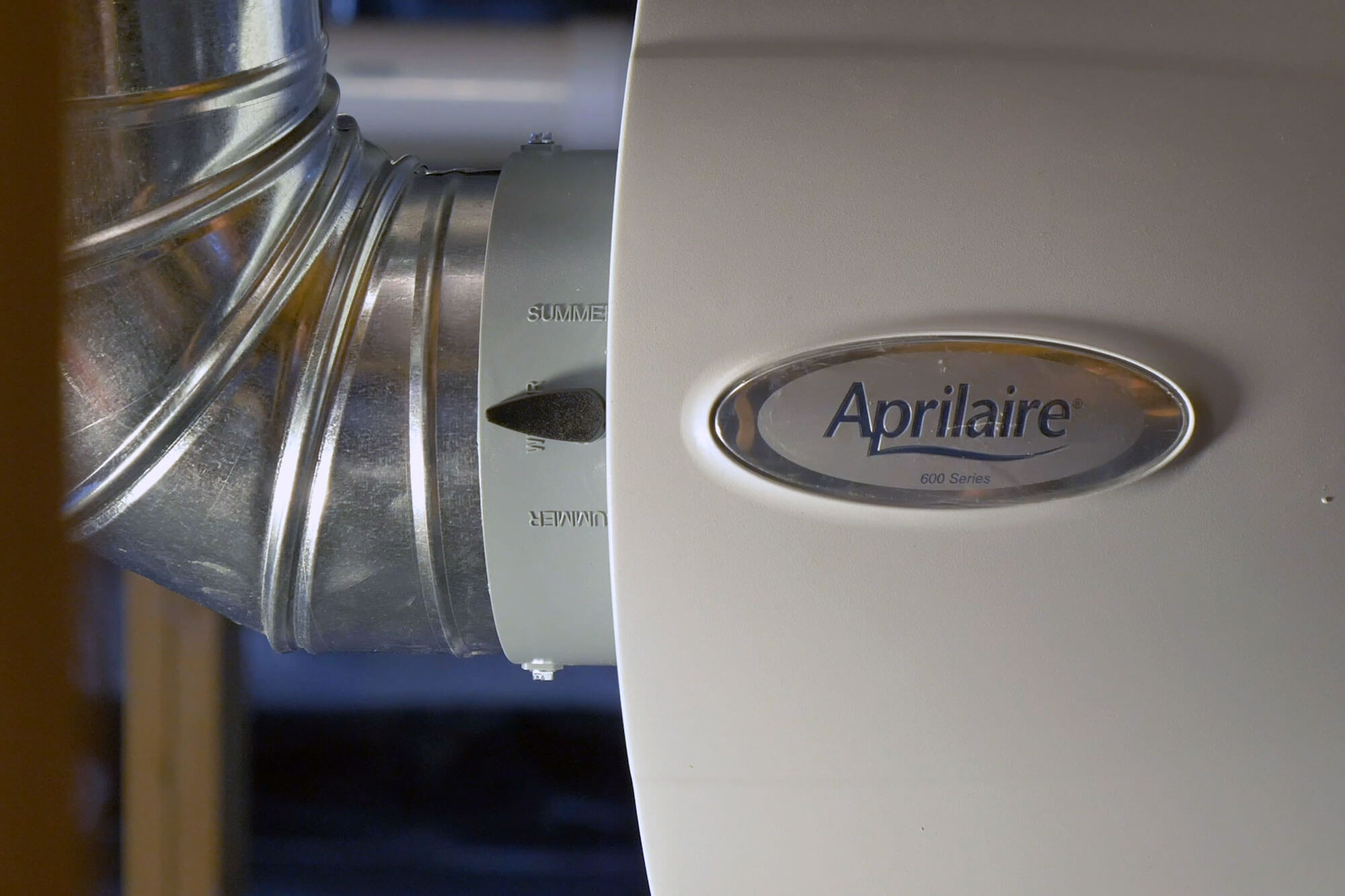
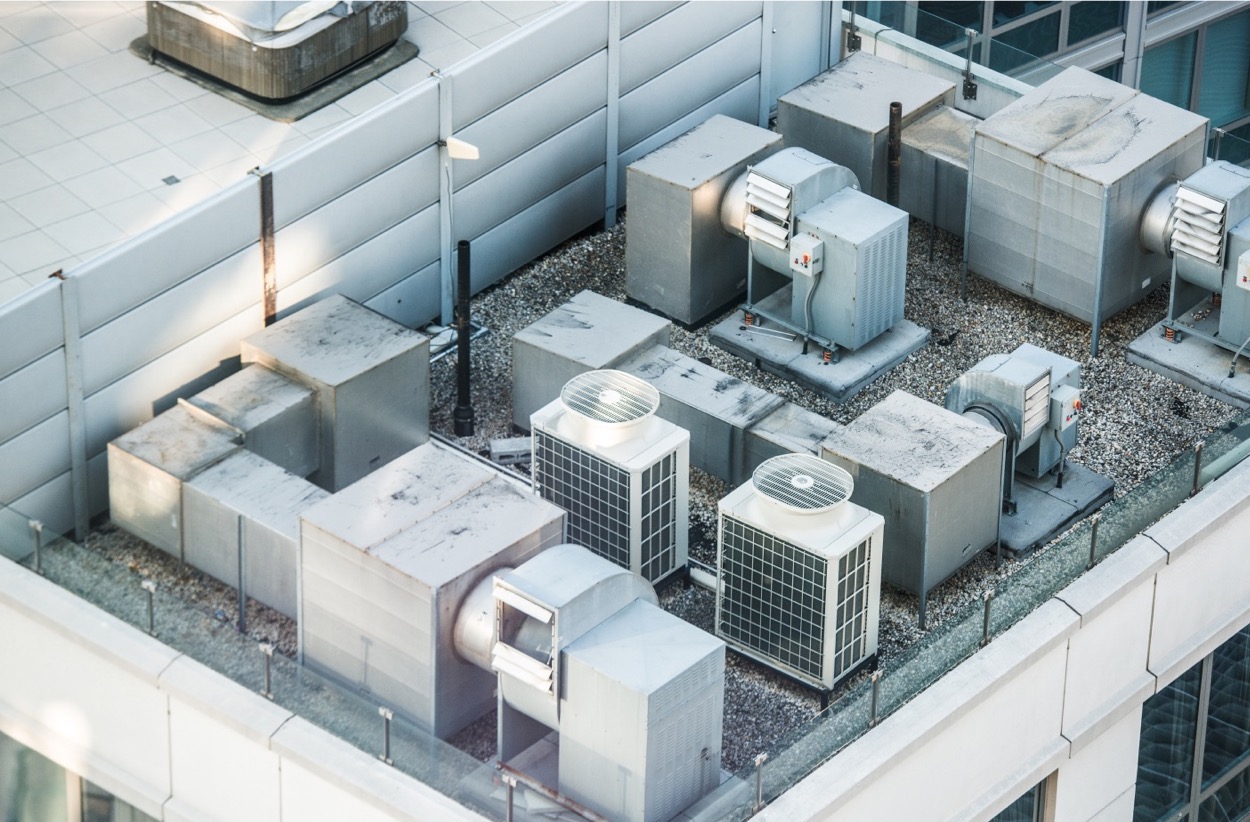
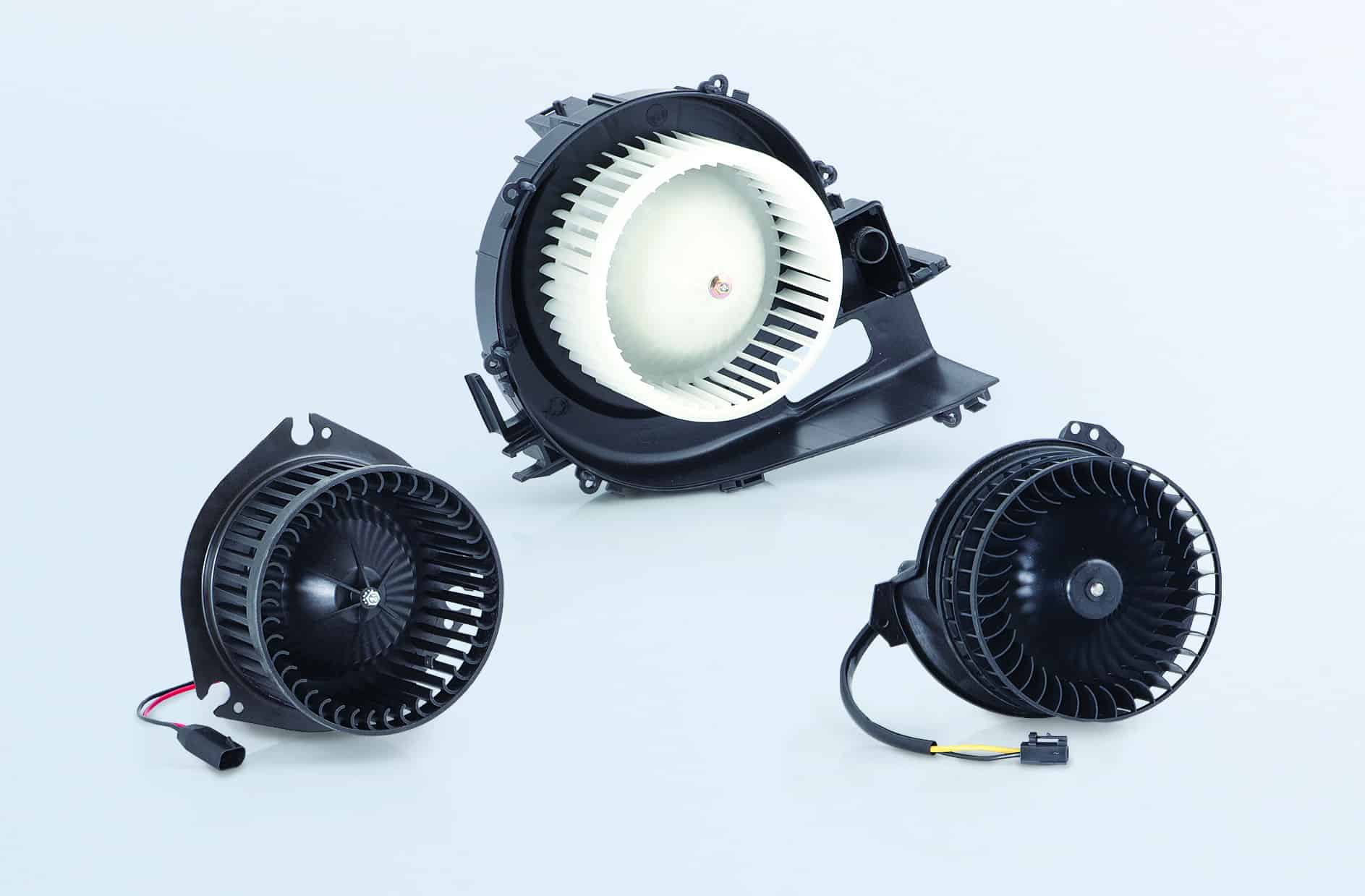
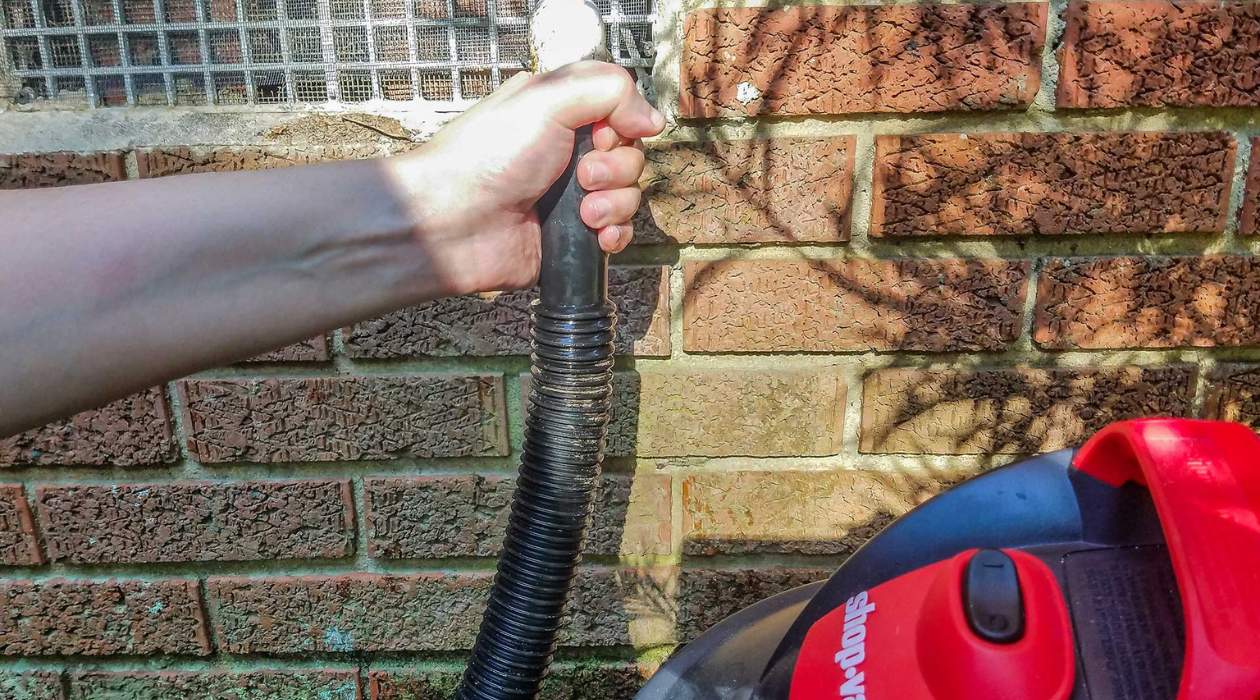
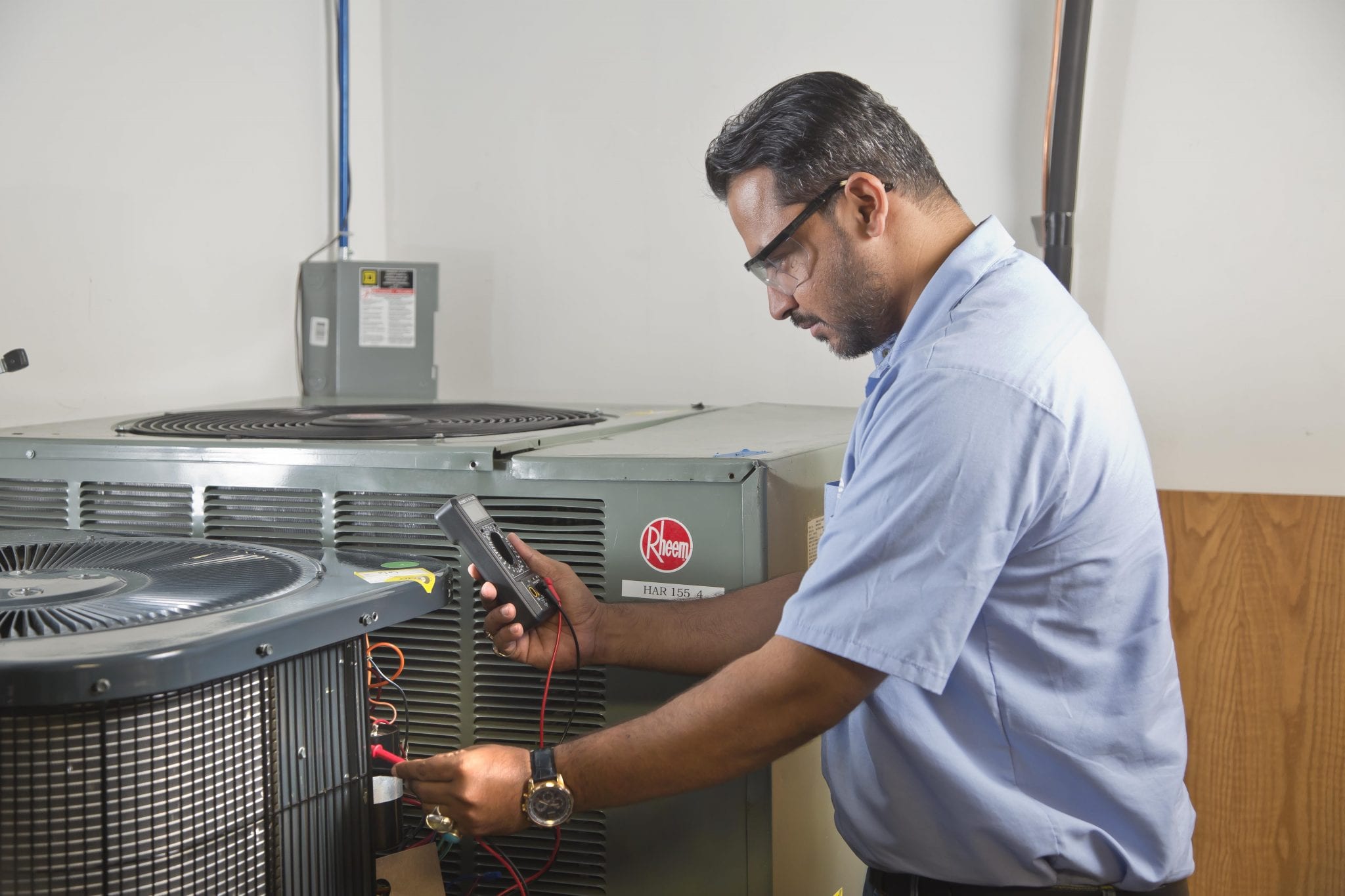
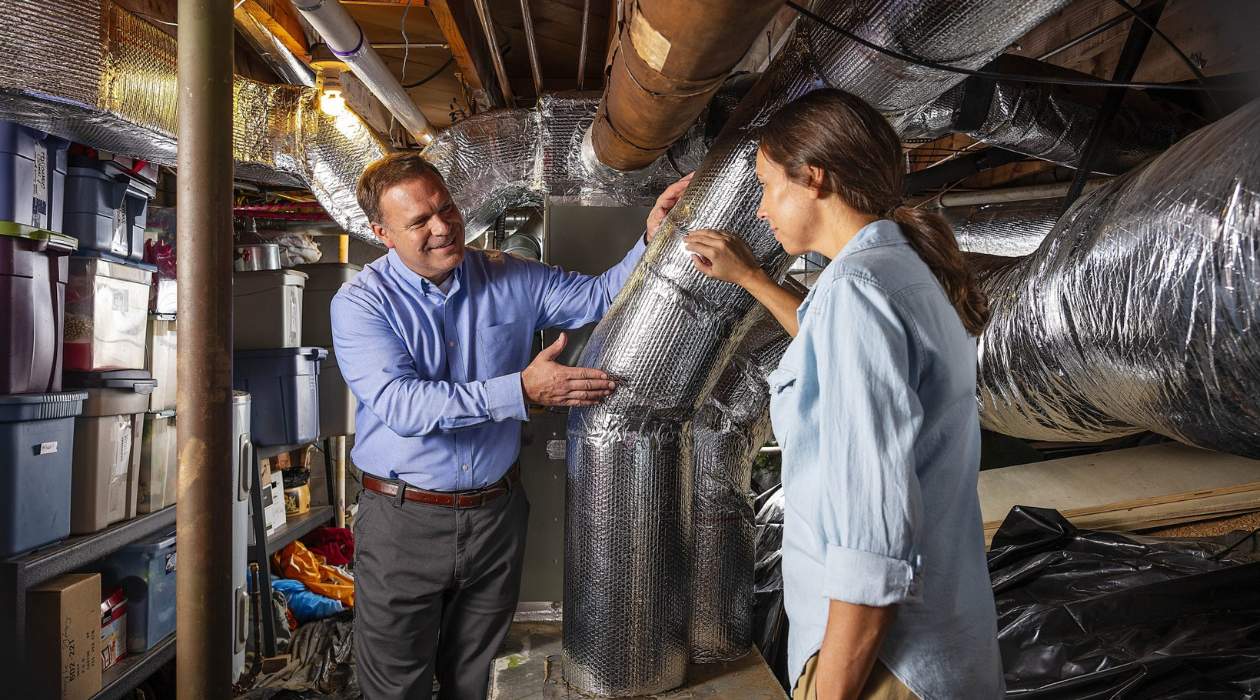
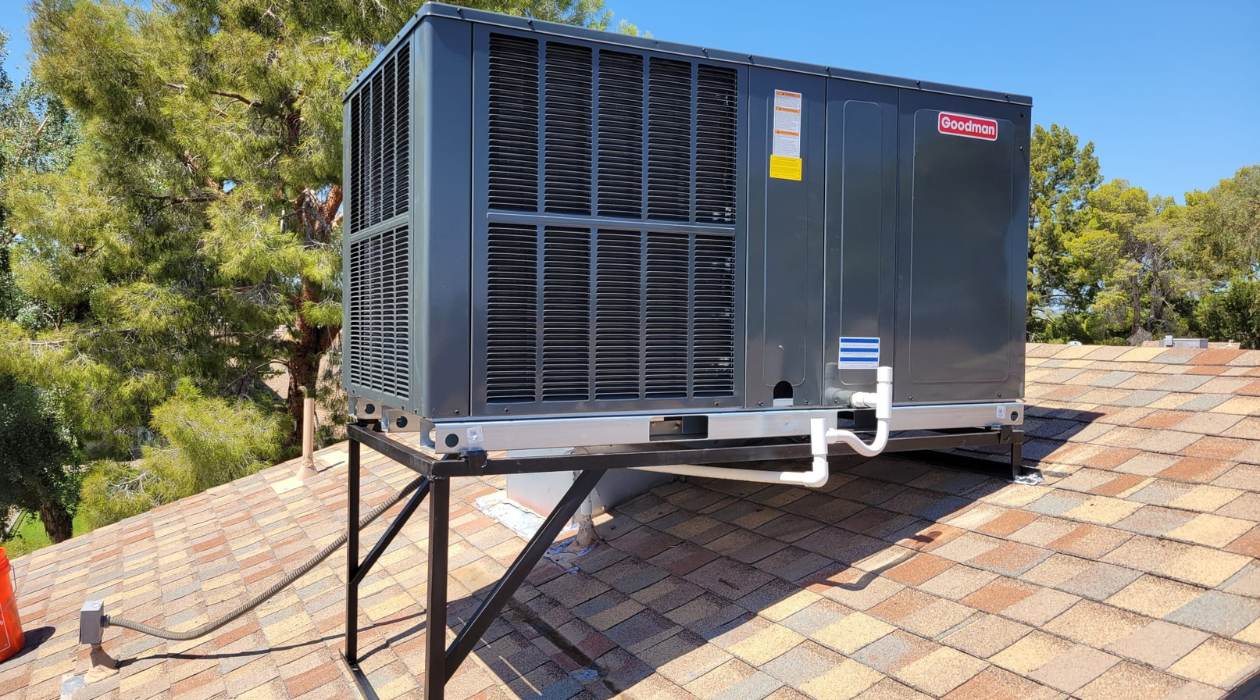

0 thoughts on “How To Check For Mold In HVAC System”